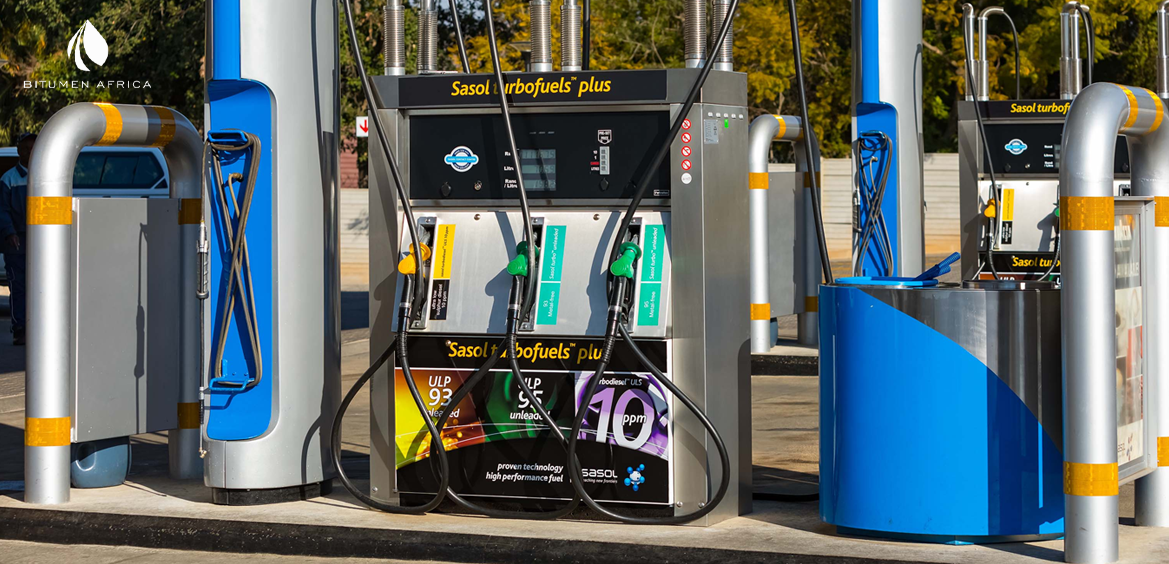Diesel with 10 ppm indicates a very low concentration of polluting particles such as sulfur or other certain substances. This fuel is relatively clean and has the least pollutants and is suitable for use in cars and machines that need clean fuel. This low level of pollutants reduces environmental pollution and improves the efficiency of engines. Features of 10ppm diesel fuel: High cleanliness: - Diesel fuel with 10ppm level is very clean and less polluted in terms of pollutants. Reduction of environmental pollutants: - The use of diesel with a rate of 10ppm leads to the reduction of environmental pollutants and ensures the health of the air. Maintaining better engine performance: - Clean diesel with less pollutant content helps engines to perform better and increase their useful life. Reducing greenhouse gas emissions: - Using diesel with a rate of 10 ppm helps to reduce greenhouse gas emissions and improve the environment. Compliance with emission standards: - Diesel with a rate of 10ppm easily complies with environmental emission standards. The use of 10ppm diesel has environmental and economic benefits and is used in many areas with restrictions on pollutant emissions.
Applications:
Gasoline with a level of 10 ppm or lower of sulfur is known as high-quality and low-pollution diesel and has many applications: Cars: 10 ppm diesel is very suitable for use in cars. This type of diesel with a low level of sulfur reduces air pollution and the production of polluting gases. Also, antioxidants and special additives are added to this type of diesel to protect engines and improve their performance. Agricultural and construction machinery: low sulfur diesel is used in agricultural machinery, elevators, generators and construction machinery. These machines need quality fuel to achieve high efficiency and reduce air pollution. Public Transportation: Buses, trucks, and other public transportation also use low-sulfur diesel to reduce air pollution and protect the environment. Industry: Low sulfur diesel is used in various industries such as electricity generation, heating and other industrial processes. Using 10 ppm diesel as a fuel helps to improve air quality, preserve the environment and increase the efficiency of engines and is recommended as a more sustainable option compared to fuels with higher pollutants.
Read Also: Recycled base oil: a big step towards sustainability
Production process:
Producing diesel with a low sulfur level (10 ppm or less) requires a complex and precise process. This process mainly includes the following steps:
- Crude oil extraction: First, crude oil is extracted from oil mines. This crude oil contains a mixture of hydrocarbons and various pollutants.
- Refinement of crude oil: crude oil is transferred to refinery units. Here, the crude oil refining process begins. This step involves dividing the crude oil into different components with different thermal degrees.
- Distillation: One of the important stages in the production of diesel is the distillation of crude oil. In this process, crude oil is separated by thermal effect in distillation devices. Distilled crude oil is broken down into various components, including diesel.
- Refinement of diesel: Distilled diesel requires additional refining to reduce sulfur levels to 10 ppm or less. This refining mainly involves the removal of excess sulfur from diesel by special chemical processes.
- 5. Adding additives: Some additives and chemicals may be added to diesel to improve its quality and performance. These additives usually prevent the oxidation and decomposition of diesel and also maintain the quality of the fuel.
- Distribution: After production, low sulfur diesel is transferred to distribution units to be supplied to consumers. The process of producing 10 ppm or lower sulfur diesel must be carefully updated to meet environmental and fuel quality regulations. Continuous efforts are being made to improve the technologies and production processes of this type of diesel to reduce air and environmental pollution.

